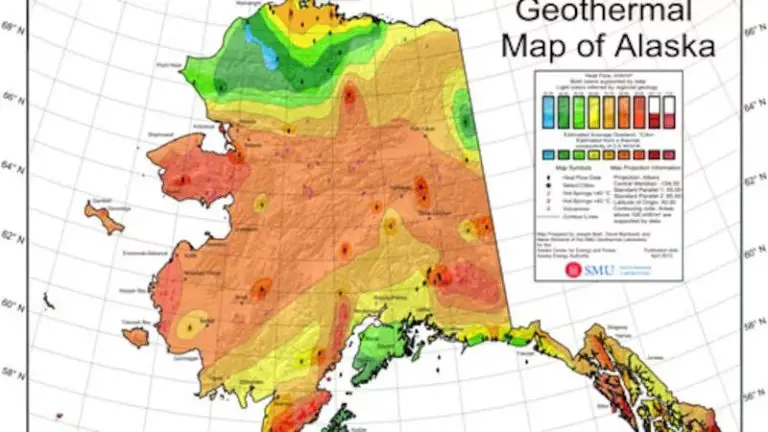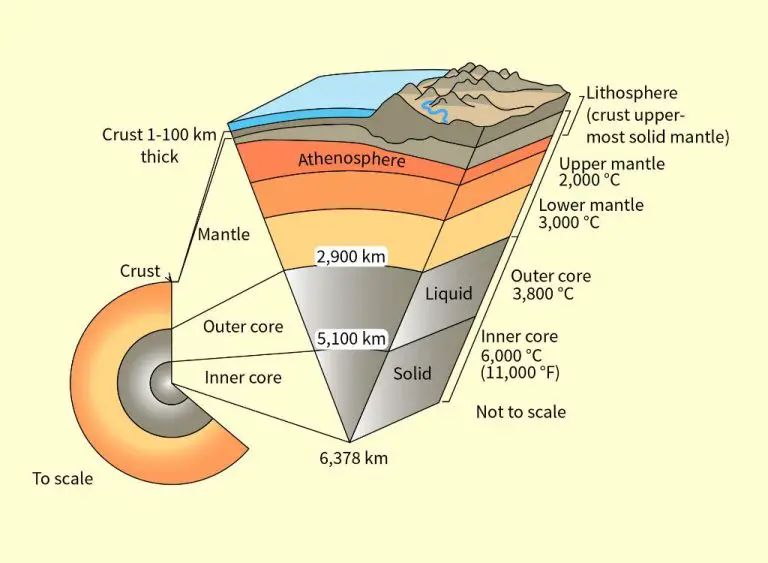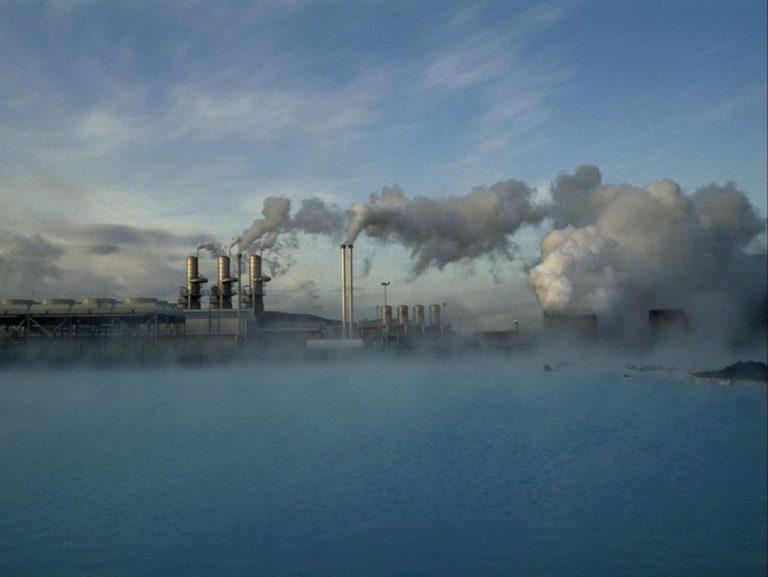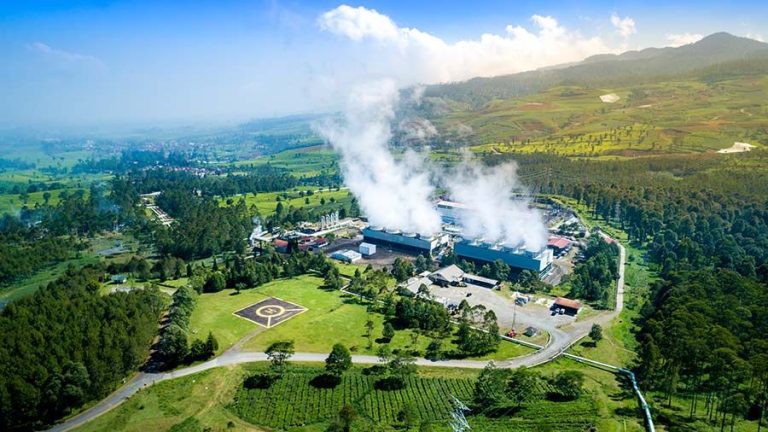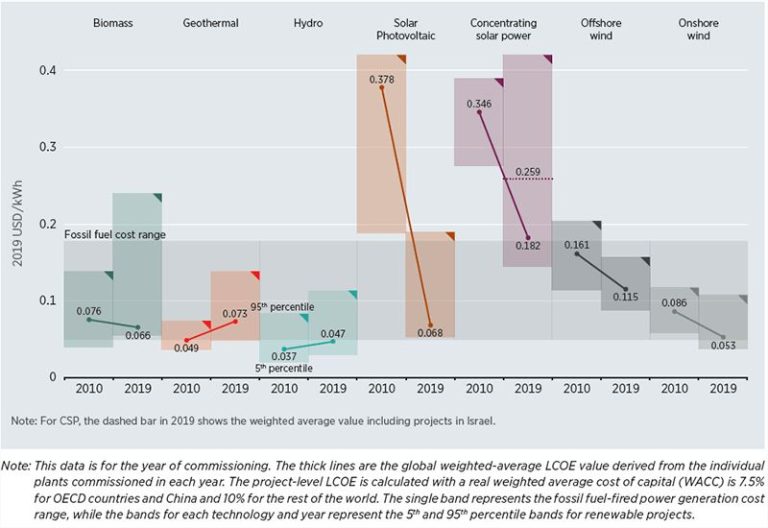What Is Exothermic And An Example?
What is an Exothermic Reaction?
An exothermic reaction is a chemical reaction that releases energy in the form of heat or light. The word “exothermic” comes from the Greek roots “exo” meaning “outward” and “therm” meaning “heat”. In an exothermic reaction, the energy released (usually in the form of heat) exceeds the amount of energy absorbed to initiate the reaction.
When an exothermic reaction occurs, the chemical bonds in the reactants are broken and new chemical bonds form in the products. Breaking chemical bonds requires energy, while forming new bonds releases energy. In an exothermic reaction, the amount of energy released from the new bonds being formed is greater than the energy required to break the bonds in the reactants. This net release of energy is the hallmark of an exothermic reaction.
The energy released allows the reaction products to be at a lower energy state than the reactants. Because the products are more stable, energy is released, usually in the form of heat, light, or sound. This transfer of energy to the surroundings leads to an increase in temperature. So exothermic reactions involve the release of energy/heat during the reaction.
Examples of Exothermic Reactions
Some of the most common examples of exothermic reactions include:
Combustion Reactions
Combustion reactions involve burning a fuel source like wood, gasoline, or natural gas. These reactions give off a lot of heat and light energy. For example, when wood burns in a campfire, the hydrocarbon molecules in the wood react with oxygen gas to produce carbon dioxide, water, and a lot of heat and light energy.
Thermite Reactions
Thermite reactions involve metal oxides like iron oxide reacting with elemental metals like aluminum. When the components come into contact, the reaction produces an immense amount of heat. Thermite reactions are used in welding applications to melt metals.
Acid-Base Reactions
When an acid and a base are mixed, they undergo a neutralization reaction that generates water and a salt. This reaction releases heat as well. For example, when hydrochloric acid is mixed with sodium hydroxide, the neutralization reaction produces sodium chloride (table salt) and water while giving off heat.
Exothermic vs Endothermic
The key difference between exothermic and endothermic reactions is that exothermic reactions release energy in the form of heat, while endothermic reactions absorb energy and heat from the surroundings. So exothermic reactions are heat-releasing whereas endothermic reactions are heat-absorbing.
In an exothermic reaction, the energy released from forming new bonds is greater than the energy required to break the bonds in the reactants. This net release of energy is given off as heat. For example, when a fuel like methane burns in oxygen, the chemical bonds in the products carbon dioxide and water store less energy than the reactants methane and oxygen. The excess energy gets released as heat and light.
In contrast, endothermic reactions require more energy to break bonds in the reactants than is released when new bonds form in the products. This net energy requirement causes heat to be absorbed from the surroundings. A common example is photosynthesis, where plants use sunlight energy to split water and carbon dioxide to ultimately form glucose and oxygen. This process requires heat input to break the bonds in the reactants.
So in summary, exothermic reactions give off heat, while endothermic reactions take in heat. This makes exothermic reactions hotter and endothermic reactions cooler.
Uses and Applications
Exothermic reactions have many useful applications in everyday life and industry. Here are some of the most common uses:
Hand Warmers
Hand warmers utilize exothermic reactions to generate heat. Many hand warmers contain iron powder, water, vermiculite, carbon, and salt. When the packet is exposed to air, an oxidation reaction occurs between the iron and oxygen. This exothermic reaction produces heat, allowing the hand warmers to reach temperatures of 140°F.
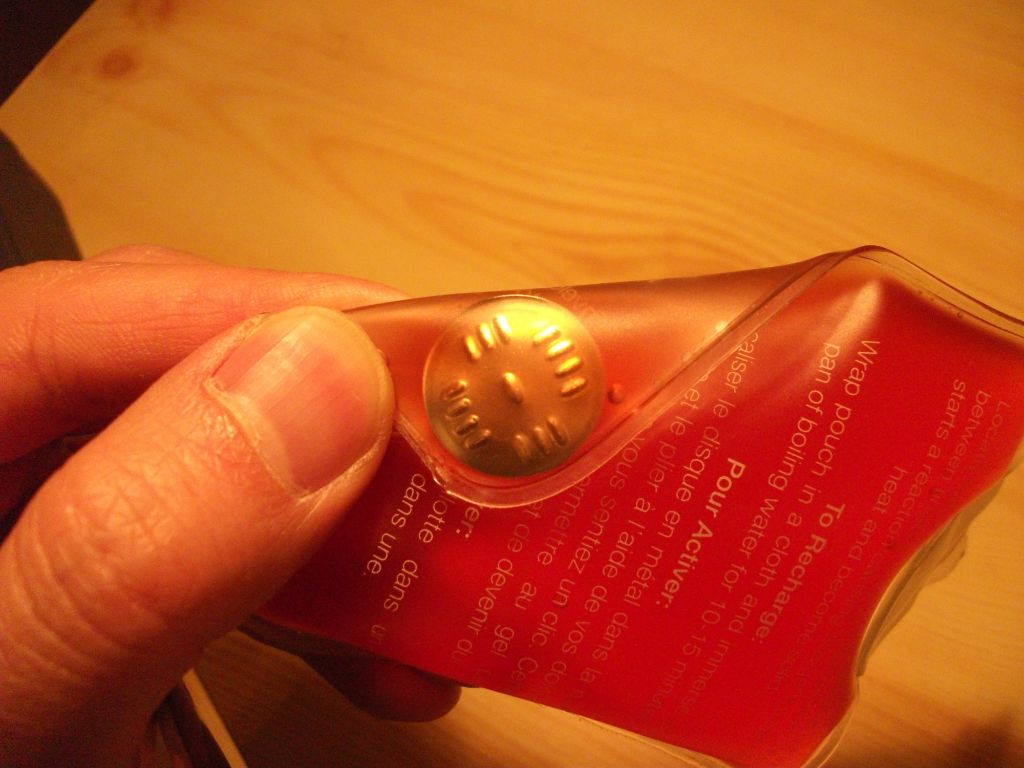
Self-Heating Food Packaging
Some self-heating food packages use exothermic reactions to heat up pre-cooked foods like soups and oats. These packages contain separate compartments for the food and an exothermic reaction that is triggered when the consumer is ready to heat up the food. Common reactions used include oxidation of iron powder, magnesium-iron oxide, and calcium oxide-water.
Thermite Welding
Thermite welding uses an exothermic thermite reaction to join and weld metal components. The thermite reaction between aluminum and iron oxide reaches extreme temperatures of over 4000°F. This allows for on-site welding of railway tracks and other metal structural components.
Controlling Exothermic Reactions
There are a few main methods used for controlling the rate and extent of exothermic reactions:
Temperature Control – Lowering the temperature slows down the kinetics and thermodynamics of an exothermic reaction. This is because there is less energy available to overcome the activation energy barrier. Cooling a reacting system can help limit the temperature increase.
Limiting Reactant Amounts – Using stoichiometric calculations to limit the amount of reactants can restrict the extent of the reaction and the total heat released. Having an excess of one reactant ensures the other will be completely consumed.
Heat Sinks – Adding materials that can absorb heat without drastically increasing in temperature can help remove thermal energy from an exothermic reaction. Examples are large volumes of liquid solvents, ice baths, and metals with high heat capacities.
Safety Considerations
When working with exothermic reactions, it’s important to take safety precautions due to the rapid heat release involved. Exothermic reactions can quickly get out of control if not properly managed. Some key safety considerations include:
Rapid heat release – The defining characteristic of exothermic reactions is that they release energy in the form of heat. This heat release can be sudden and intense if the reaction becomes uncontrolled. Proper cooling measures should be in place to prevent excessive heat buildup.
Risk of burns/fires – The rapid temperature increase can lead to serious risks of burns if personnel are not adequately protected. Fires may also occur if flammable materials are present. Care should be taken to avoid ignition sources.
Proper PPE and protocols – Anyone working with exothermic reactions should wear appropriate personal protective equipment (PPE), which can include fire-resistant lab coats, gloves, and eye protection. Safety protocols like conducting reactions behind blast shields should be followed. Having an emergency plan is advisable.
Taking steps to control the temperature and heat transfer of exothermic reactions greatly reduces the chance of safety incidents. With proper precautions, these reactions can be performed productively and safely.
Notable Exothermic Reactions
Some exothermic reactions are quite notable due to their energetic nature and real-world applications. Here are three examples:
Thermite Reaction
The thermite reaction is an extremely exothermic chemical reaction between aluminum powder and a metal oxide, most commonly iron(III) oxide. When ignited, this mixture undergoes an alumina-producing reaction reaching temperatures over 2,500°C. The high heat output allows the thermite reaction to be used in welding applications.
Fat Burning
The breakdown of fat molecules in the human body is an exothermic process. Fat contains a large amount of chemical energy, and when it is metabolized, the energy is released in the form of heat. This allows the body to maintain its core temperature.
Hydrogen & Oxygen Explosion
Combining hydrogen and oxygen gases is highly exothermic, releasing 241 kJ per mole of water produced. This reaction powers rocket engines as well as more destructive explosions. The Hindenburg disaster, in which the famous airship burst into flames, was caused by a hydrogen and oxygen explosion.
Exothermic Reaction Equations
Here are some examples of exothermic reaction equations:
Combustion of Methane:
CH4 (g) + 2O2 (g) -> CO2 (g) + 2H2O (g) + energy
In this exothermic reaction, methane and oxygen react to form carbon dioxide and water, releasing energy in the form of heat.
Thermite reaction:
Fe2O3 (s) + 2Al (s) -> 2Fe (l) + Al2O3 (s) + energy
In the thermite reaction, aluminum metal reduces iron oxide, generating molten iron and aluminum oxide while releasing a large amount of heat energy.
Neutralization of an acid and a base:
HCl (aq) + NaOH (aq) -> NaCl (aq) + H2O (l) + energy
When an acid like hydrochloric acid is mixed with a base like sodium hydroxide, it produces water and a salt (sodium chloride). This reaction releases heat.
As seen in these examples, in an exothermic reaction the reactants convert into products while releasing energy, usually in the form of heat. The reactions are identifiable by the products formed and the release of energy mentioned in the equation.
Energy Diagrams
Energy diagrams, also known as reaction profiles, provide a visual representation of the energy changes that take place during a chemical reaction. They illustrate how the energy of the reactants and products changes during the course of the reaction.
For an exothermic reaction, the energy diagram shows that the energy of the products is lower than the energy of the reactants. This means that energy is released during the reaction in the form of heat. On the diagram, the starting reactants have a higher potential energy, and as the reaction proceeds, this energy is released, resulting in products that have lower potential energy.
In contrast, for an endothermic reaction, the products have higher energy than the reactants. Energy must be put into the system, usually in the form of heat, for the reaction to proceed. On the energy diagram, the products will be at a higher potential energy level than the starting reactants.
The peak of the energy diagram represents the transition state. This is the highest energy state achieved during the reaction. Reactants must absorb enough energy to reach this activated state before the reaction can proceed.
Overall, energy diagrams clearly illustrate the defining feature of exothermic vs. endothermic reactions – whether energy is released or absorbed during the reaction. The diagram provides a visual depiction of the energy changes that take place as reactants are converted into products.
Summary
In summary, an exothermic reaction is a chemical reaction that releases energy in the form of heat. Exothermic reactions transfer some of the energy in the chemical bonds of the reactants into thermal energy, resulting in an increase in temperature.
Some key examples of exothermic reactions we discussed are combustion reactions like burning fuels, acid-base neutralization reactions, and oxidation reactions like rusting iron. In an exothermic reaction, the energy released enables the reaction to proceed without any external energy input. This contrasts with endothermic reactions, which require an input of energy to proceed.
The energy released in exothermic reactions can be harnessed for useful applications like heating homes or cooking food. However, the heat and rapid energy release can also make exothermic reactions hazardous if not properly controlled. Safety considerations are important when working with exothermic chemical processes.
To recap, exothermic describes a type of chemical reaction that gives off heat. Identifying whether a reaction is exothermic or endothermic based on the energy transfer involved is an important concept in thermodynamics and chemistry.

